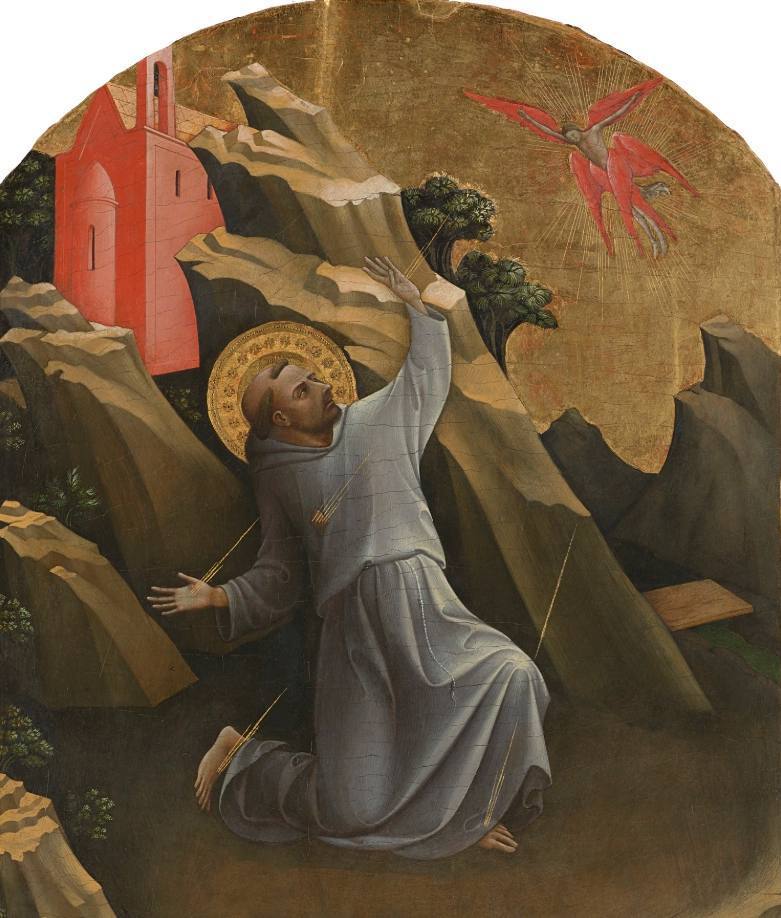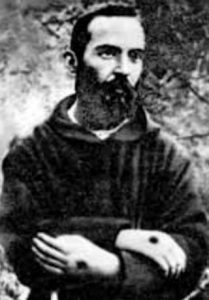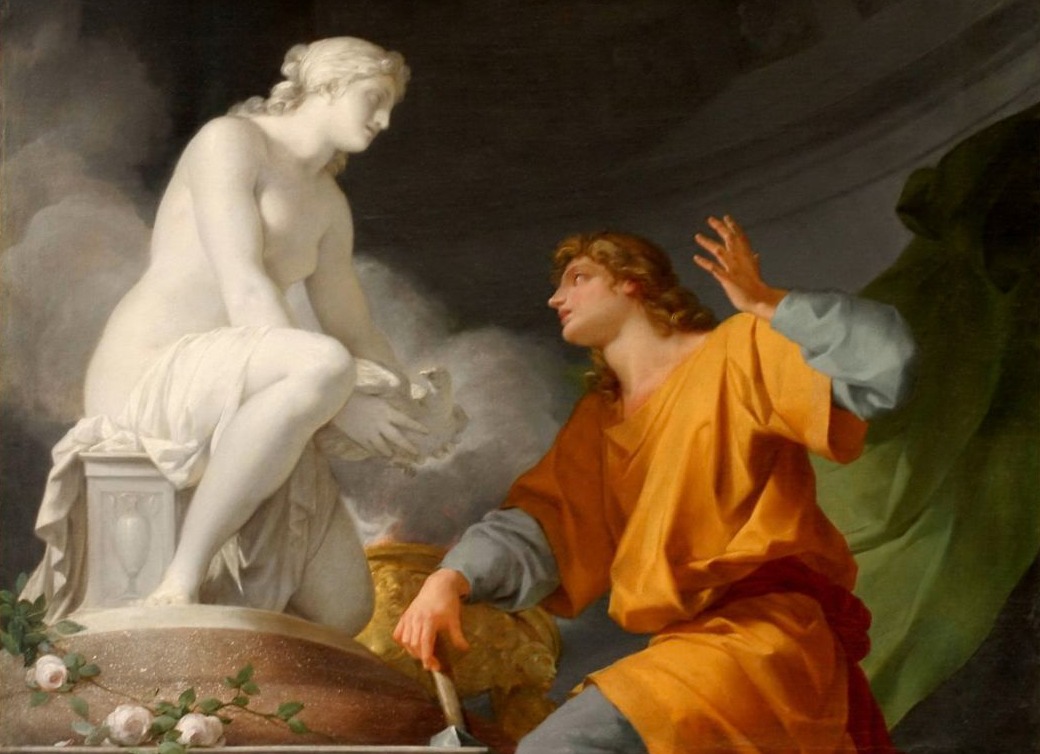In the Catholic tradition, the stigmata are known as visible wounds on a believer’s body, precisely on those parts of the body where Jesus was wounded prior to his death on the cross. Instead of stigmata, people sometimes speak of “cross wounds” or “the wounds of God”. According to Catholic tradition, the stigmata were a visible sign that a person has become one with Christ, in his suffering and death. Faith in Jesus is so intense that one literally experiences the pain of his crucifixion.
In a general sense we know the word ‘stigma’ as an indication for a negative brand. For example, someone can be stigmatized. In that case, the reputation of a particular person is harmed.
As a mystical phenomenon, the stigmata revolves around visible wounds or bleeding that occur on the body of believers. This in positions where, according to tradition, Jesus also had wounds. These are usually wounds on the palms of the hands, on the feet, in the side and sometimes on wounds on the head, which refer to the bleeding that Jesus suffered when he was put on a crown of thorns. There are also known cases of wounds on the shoulders and back, in reference to the wounds suffered by Jesus while carrying his cross.

Stigmata of Francis of Assisi
One of the first and best-known stigmas is that of Francis of Assisi. According to a legend, in September 1224 on Mount La Verna , this medieval divine had a special vision in which he received the signs of Christ. The stigmata in this case consisted of five (bleeding) marks on the hands, feet and side of the body, which corresponded to the wounds of Jesus Christ.

There are several known cases of defrauding believers who inflicted the wounds themselves. The latter is also claimed of the canonized Father Pio. In 2007, documents surfaced in the Vatican archives that showed that the father ordered, among other things, carbolic acid from a pharmacist and also bought large quantities of insecticides. According to some, this indicates that the saint may have injured himself with carbolic acid. He could have used the insect repellent as a painkiller after this.
-https://katholiek.nl/opinie/de-positieve-stigmata-van-franciscus/
-https://www.trouw.nl/nieuws/met-bijtend-zuur-maakte-padre-pio-zelf-zijn-stigmata~beecda92/







